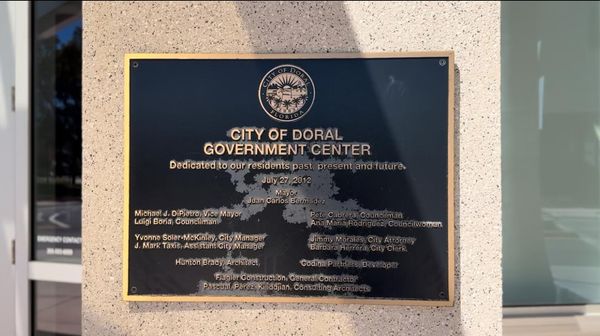
Wholesale energy prices are returning to normal but the federal government is warning of further threats to power bills if the renewable energy rollout stalls.
Record solar energy is helping to cut wholesale electricity prices, as the benefits spread beyond individual households equipped with rooftop systems, the latest data from the Australian Energy Market Operator (AEMO) shows.
Record renewable generation output in the three months to September slashed average wholesale electricity prices in the national electricity market (NEM) by more than two-thirds, and reduced emissions by 11 per cent.
But the data also outlines the danger to energy bills and reliability from further delays, Energy Minister Chris Bowen told AAP.
Amid political opposition to new transmission lines and fears the rollout will stall, the quarterly report released on Monday shows 33 gigawatts of new capacity is progressing through the connection process.
This surge is a strong indication of Australia's progress in delivering the cleaner cheaper energy needed to keep the lights on in coming years, according to Mr Bowen.
"Today's report shows unequivocally the substantial growth in cleaner, cheaper, more secure renewable energy like rooftop and large-scale solar has helped cut wholesale electricity prices," he said.
It shows that the coal and gas price caps are protecting Australian households from the worst of the global energy crunch, he said.
"Renewable energy is cheaper energy, the government knows it, AEMO knows it. (opposition leader) Peter Dutton and the coalition still don't get it."
Rooftop solar may be hitting new record highs from coast to coast but the west is stuck with higher wholesale electricity prices, the data shows.
Meanwhile, east coast wholesale gas prices plunged from record highs during the energy crisis to average $10.41 per gigajoule (GJ), but Western Australia is depleting its stores of gas as production drops.
The closure of AGL's Liddell coal-fired power plant was partially offset by increased availability of the remaining NSW black coal fleet.

The largest coal plant, Origin Energy's Eraring, which the NSW government is considering keeping open for longer, increased output during morning and evening peak periods as well as overnight hours.
With wholesale prices returning to historical levels, significant price volatility was only evident in South Australia when Heywood interconnector outages during August coincided with low wind generation.
Renewable potential hit a new high at 98.6 per cent for the half-hour just after midday on September 16 and a new renewable record was set just after midday on September 21 at 70 per cent of total NEM generation.
Wholesale electricity prices averaged $63 per megawatt hour (MWh) in the September quarter, down 41 per cent from the June quarter ($108/MWh) and plunging a whopping 71 per cent ($216/MWh) compared to a year earlier.
By region, South Australia recorded the highest average quarterly price at $92/MWh, followed by NSW ($81/MWh), Queensland ($65/MWh), Victoria ($49/MWh) and Tasmania ($29/MWh).
But WA's separate wholesale electricity market had a record average of $99/MWh, up 27 per cent on a year earlier.







